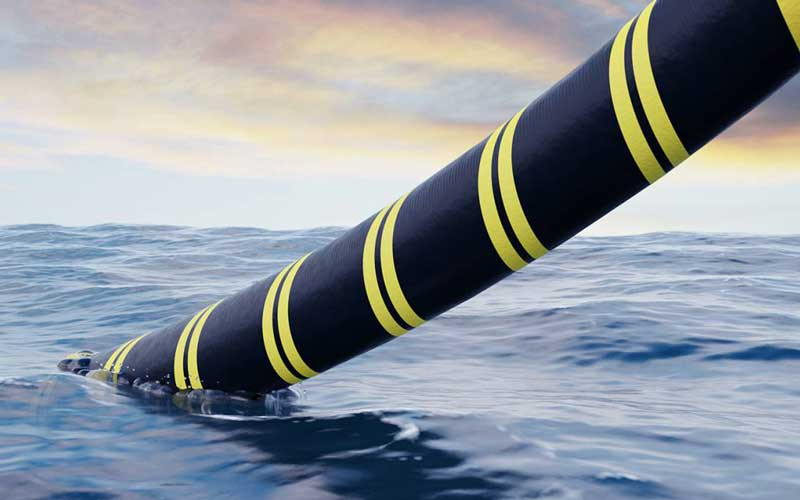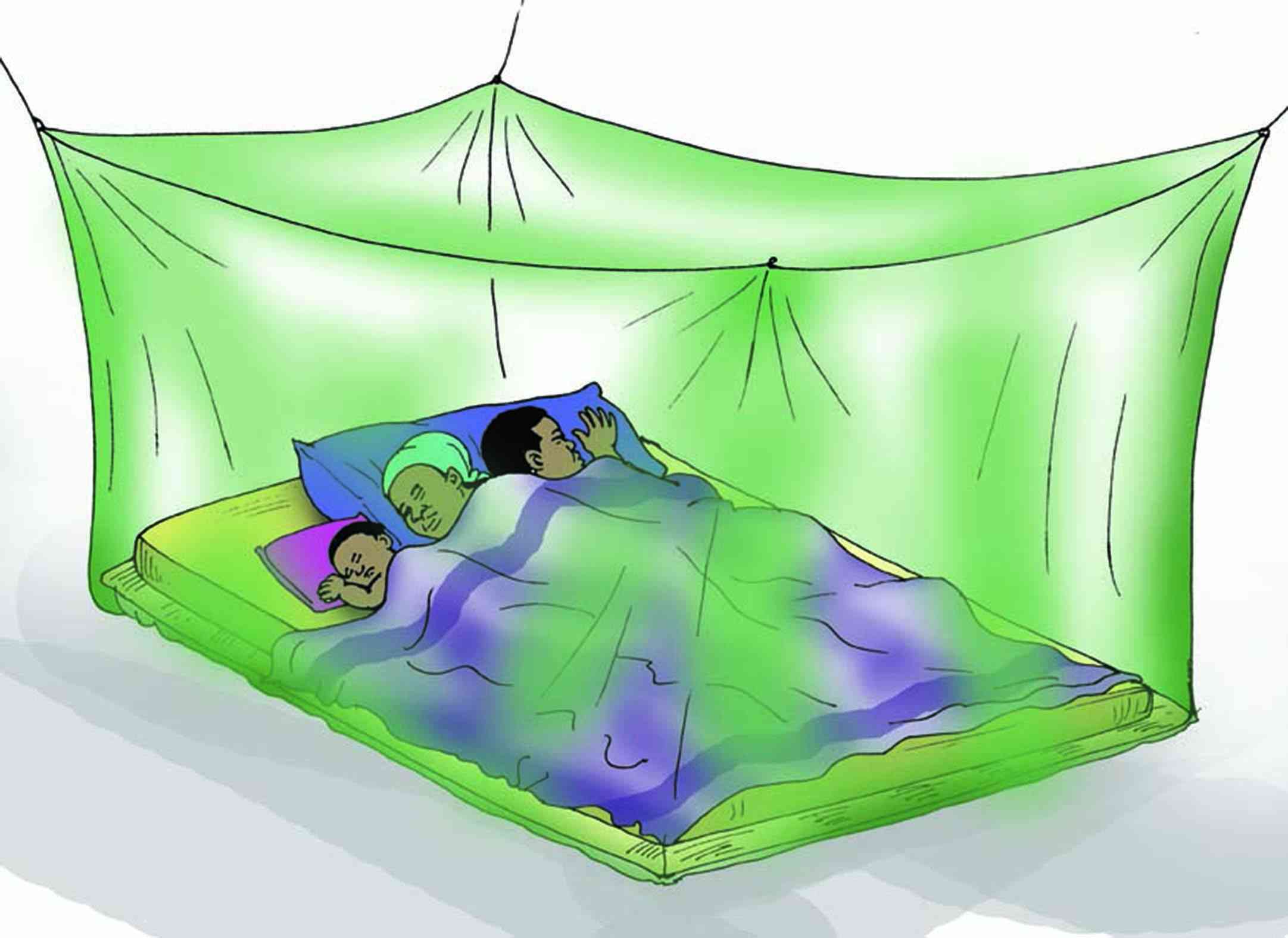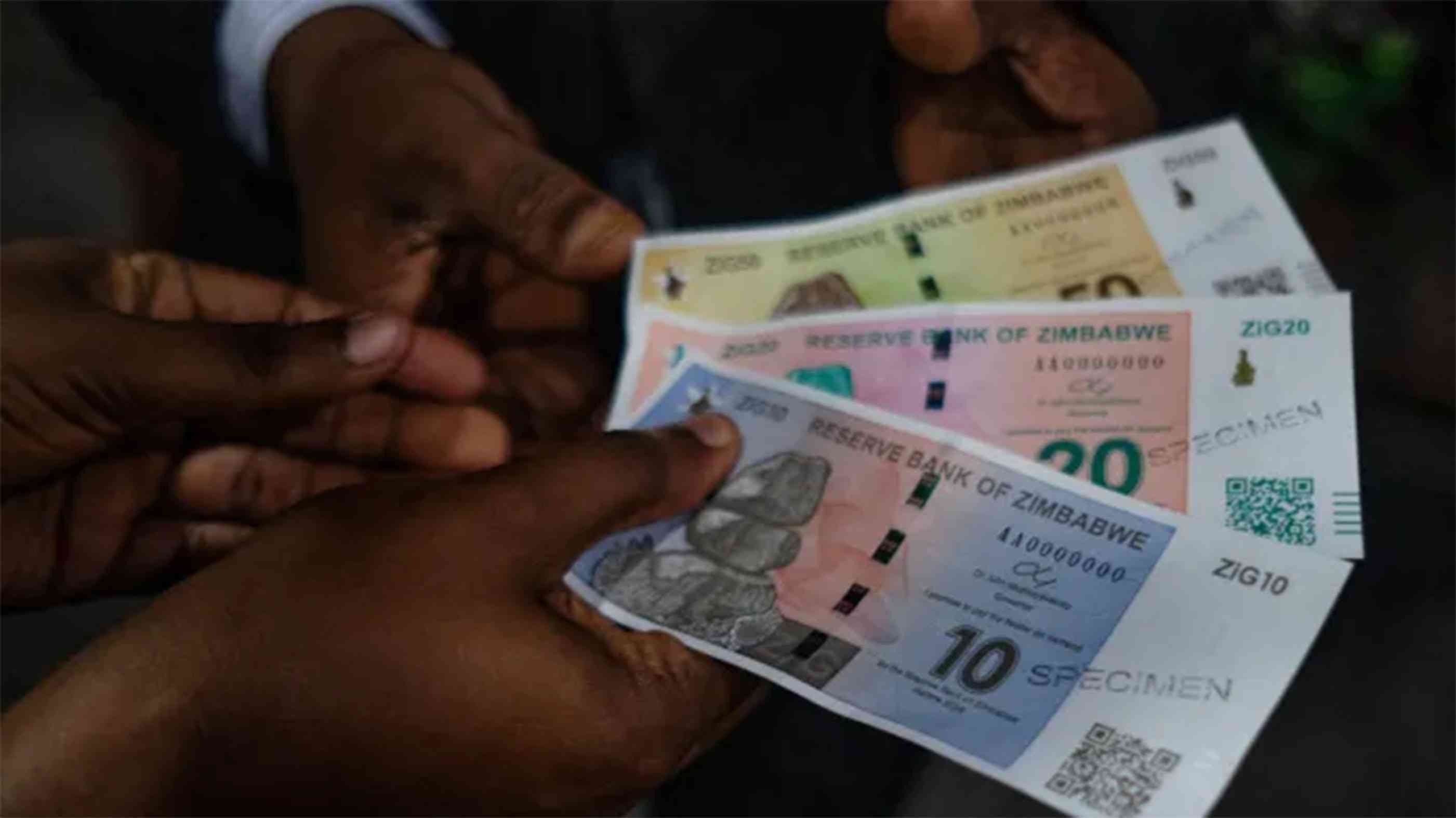
ABOUT 95% of global data and telecommunications is moved through fibre optic cables, which are laid on the ocean's floor.
The other 5% of traffic is largely transmitted through satellites, which are usually more expensive, slower and without sufficient capacity to serve the existing demand.
These cables link the different continents, ensuring that internet connectivity is flawless and accessible to all. The 552 fibre optic cables on the ocean floor (according to TeleGeographymake up 1,4 million kilometres in total length, and reach a total of 1444 cable landing stations (CLS), around the world.
The connections enable anyone in the world to access internet services such as Google (Gmail, YouTube, Google search, etc), Facebook,Amazon, Netflix and various websites. Since Zimbabwe is landlocked, most of its cell phone towers are also connected to fibre cables, which link to the ones in the seas, through coastal countries, such as South Africa and Mozambique.
If anything wrong happens to some or most of the cables linking a particular area (for example, Africa), that region will experience challenges with internet speeds and efficiency.
In the worst-case, the internet connection to any websites and web applications hosted (originating from) outside that region will be totally cut-off.
This is not an entirely new phenomenon, as cases abound when internet in certain regions was disrupted or completely cut off due to such cable faults.
On August 8 2023, for example, two subsea cables (WACS and SAT-3) were damaged on the coast of West Africa. Resultantly, there was a degradation in internet efficiency and speeds in both West Africa and Southern Africa, including Zimbabwe.
- Open letter to President Mnangagwa
- Feature: ‘It’s worse right now than under Mugabe’: Sikhala pays the price of opposition in solitary cell
- Masvingo turns down fire tender deal
- Human-wildlife conflict drive African wild dogs to extinction
Keep Reading
The disruption (slow internet speeds) lasted through the whole month and internet observer, NetBlocks, confirmed the same. Had a third cable been damaged in that same period, the disruption would have beenacute.
The slow internet speeds also coincided with Zimbabwe's general election, resulting in the wrong suspicion by some quarters that there was a nefarious hand sponsoring the interruption.
By early September, connectivity had improved as the only authorised cable repair ship on the continent (named the Léon Thévenin) had visited the site of the fault and done repairs.
In other cases, a major internet cable can lead to slower internet around the whole world. For instance, in October 2022, a cable was cut near the coast of France and resulted in significantly slower worldwide internet speeds, until it was repaired.
The effects of disruptions
As stated earlier, a situation, where there is total loss of internet connectivity to the outside world, is a possibility, in the case of significant damage to undersea cables.
In such a situation, citizens will not be able to access Facebook, WhatsApp, Google, Gmail, YouTube, etc. On the other hand, businesses will not be able to perform their operations, which depend on internet connectivity for the completion of tasks. Consequently, this would translate into losses for those businesses.
Additionally, where healthcare depends on the internet or where there are self-driving cars, for instance, the disruption can even result in the loss of life.
Moreover, since governments use the same cables to access the internet, their operations will also come to a halt.
This apocalyptic description serves to show that the internet has become a vital foundation for economic and social continuity in Zimbabwe.
It is clearly the same for the rest of the world also. Any possibility of disruptionshould, therefore, be treated with the greatest urgency.
Additionally, since Zimbabwe shares access to subsea cables with much of Sadc and other African coastal countries, the demise of Zimbabwean internet also equates to a lack of connectivity within some countries in the region.
Thus, the threats, which are presented by subsea cables are also shared between regional countries. This relatedness means that if the efforts to avert connectivity problems start from within Zimbabwe, they should ultimately be coordinated with the rest of the region for the best results.
Are the cables sufficiently protected?
Unfortunately, undersea cables are increasingly vulnerable to attacks and breaking down. It is essential to have them protected like other critical infrastructure, such as national power grids, railway lines and road networks, in order to avert inexpressible costs, in case the worst happens.
The cables are exposed to a number of risks, some of which will be outlined below.
It is a widely shared concern, that the Nord Stream pipeline bombings of September 26 2022 have emboldened potential saboteurs, who will be spurred on by the fact that the bombers were not identified.
This has added to the vulnerability of the undersea cable infrastructure to all manner of sabotage and terrorist attacks.
Fisherman and ships passing through the seas can also damage the cables. When an anchor is dragged on the ocean floor or fishing equipment is cast down-below, both can snap the cables and cause problems with connectivity.
Information regarding the exact location of cables is publicly available in order to avoid disruptions from fishermen and passing ships. The fact that it is publicly available, exposes the cables to potential terrorists and malicious state or non-state actors (foreign and local).
Moreover, these cables are not arranged in one place on the seabed. Instead, they criss-cross, spreading out in a haphazard manner. This makes it harder to monitor them and ensure that they are secure.
Cable landing points where the different connections are consolidated, in the coastal areas are also not adequately protected.
According to experts, the legal framework, which governs the seas does not provide enough clarity and authority on laws that oversee the oceans.
Available legislative frameworks include; the United Nations Convention on Law of the Sea (UNCLOS), the 1884 Convention on the Protection of Undersea Cables and the 1958 Convention on the High Sea.
Under these laws, nations have very limited abilities to penalise any entity, which damages undersea cables, especially in the high seas, which are regarded as belonging to no particular country.
Additionally, some restrictions set out by the laws do not apply in war times. This means that Ukraine, for example, can damage Russian internet cables or those belonging to Moscow’s allies, without facing legal repercussions.
There are only a few ships, which are dedicated to the maintenance and repairs of these cables. In Sub-Saharan Africa, it is mainly one ship, the Léon Thévenin, which is responsible for laying new cables and providing repairs. The situation is also the same in the United Kingdom and the United States, and other developed economies.
There is also the growing concern that some countries have now developed technologies, which enable cyberattacks (hacking, tapping, etc) through the cables.
To show the gravity of such matters, in 2018, Australia blocked the Chinese technology firm, Huawei, from building a cable which connects Australia to the Solomon Islands. This was for fear that the infrastructure would give the Chinese an entry point into Australian networks.
Addressing the risks
The first stage in addressing the vulnerability of the subsea cables is creating awareness regarding the risks. The information campaigns should particularly target policy-makers.
When government officials do not understand what is at stake, the challenges will remain and the possibilities of the worst happening, cannot be ruled out.
In this regard, officials at Postal and Telecommunications Regulatory Authority of Zimbabwe (Potraz) may need to brief parliamentarians and cabinet on the importance of addressing such issues.
Thereafter, Zimbabwean government officials can discuss with regional peers. This will result in an African Union (AU) policy, which improves the safety of the cables.
Ultimately, other advanced economies (in the northern hemisphere) can also emulate such strategies. This also provides an opportunity for upgrading and strengthening the legal framework pertaining to the seas.
At some point, each African nation will need to contribute funds and personnel, which will be committed towards the safety (monitoring and inspection) of subsea cables, which are on Africa's coast.
Cable landing sites, some of which are inland, will also need to be fortified by adequate human protection. Finances for additional cable repair ships can also be contributed at the continental level.An availability of more repair ships implies that, when there is a fault with one of the cables, it will be rectified swiftly.
The submarine cables may also be placed in a single zone, instead of their current haphazard distribution. The consolidation makes it easier for them to be monitored.
Governments can also push for all undersea cables to be turned into "dark cables". This means that the information on the location of such cables will no longer be publicly available on maps and navigation systems.
Rather, only the respective governments and the private owners of the cables will know where they are. This helps through deterring potential malicious actors.
Plans on how to respond to a total internet disconnection, before it occurs, will also prove useful. In this regard, regional governments may choose to increase the capacities of their satellite systems. To add to that, government transactions may be disengaged from dependence on international internetconnectivity, as much as possible. This means that even in the worst-case, government operations can still continue without disruption.
Preparation is, therefore, important, instead of waiting to respond when attacks happen, in the worst case. Planning for negative scenarios and broadcasting planned responses before problems arise will be crucial.
- Tutani is a political economy analyst. — [email protected]











